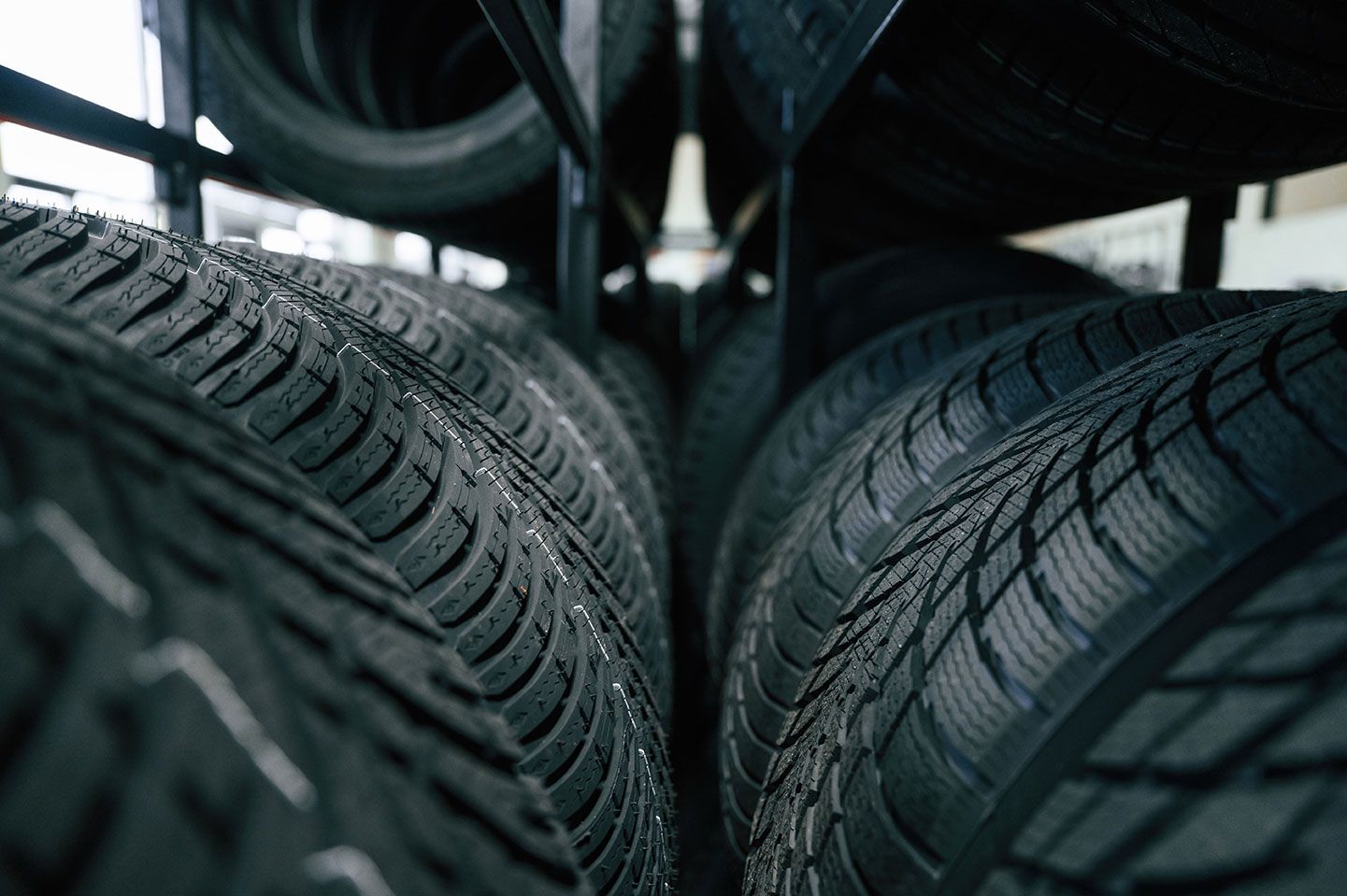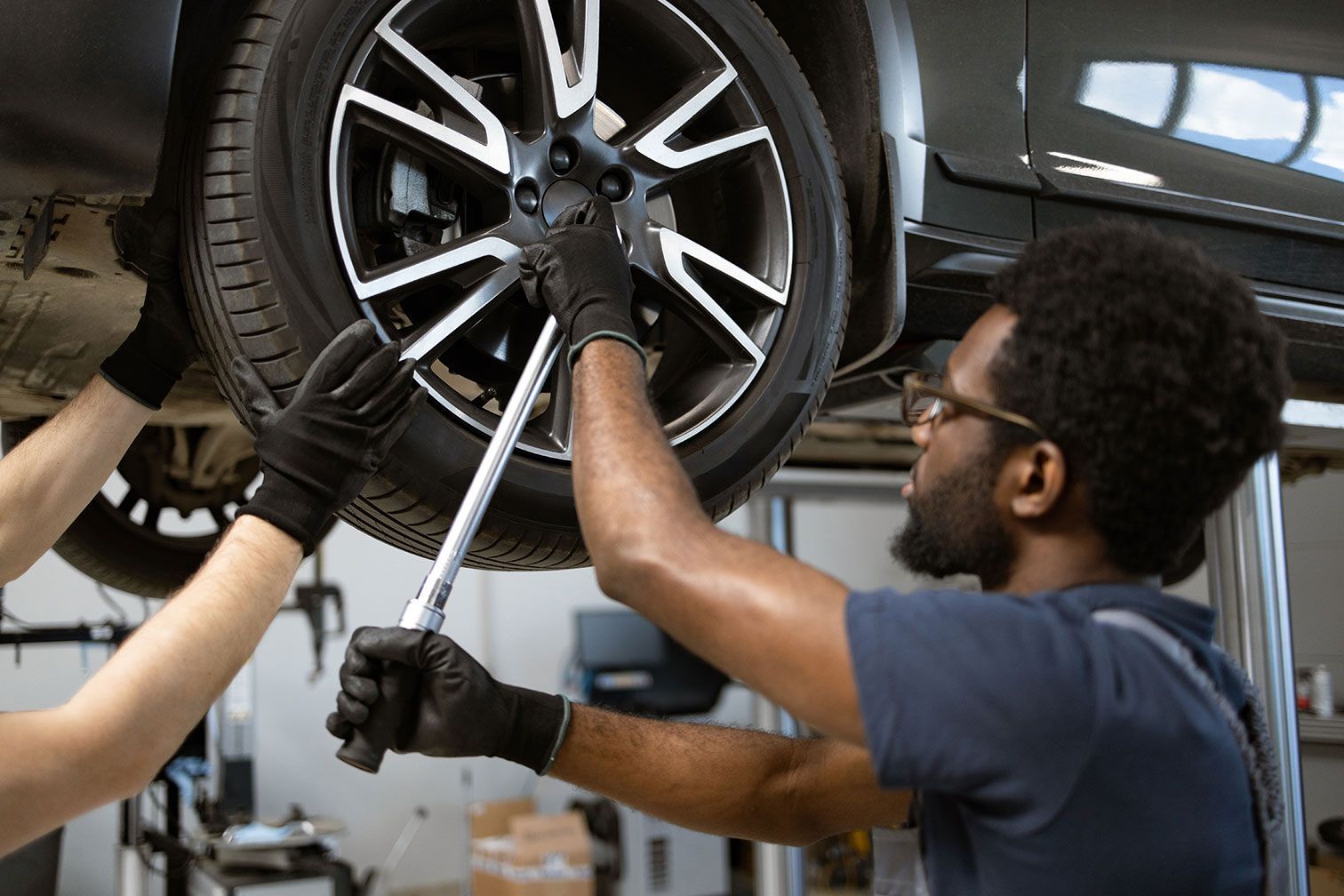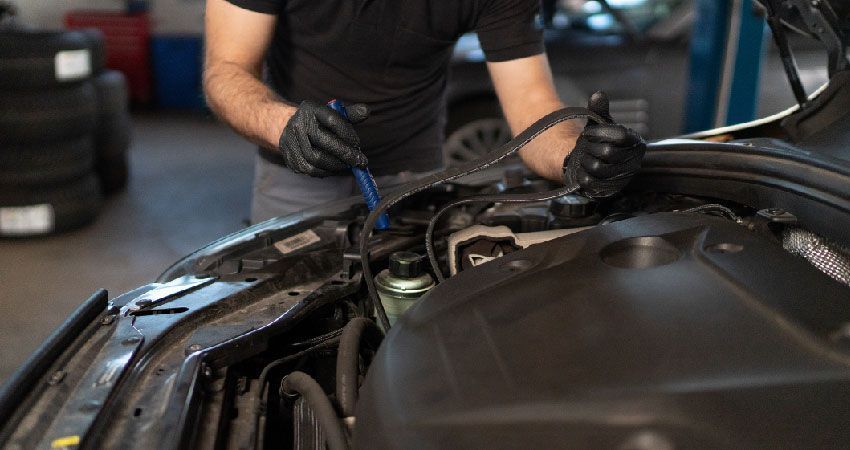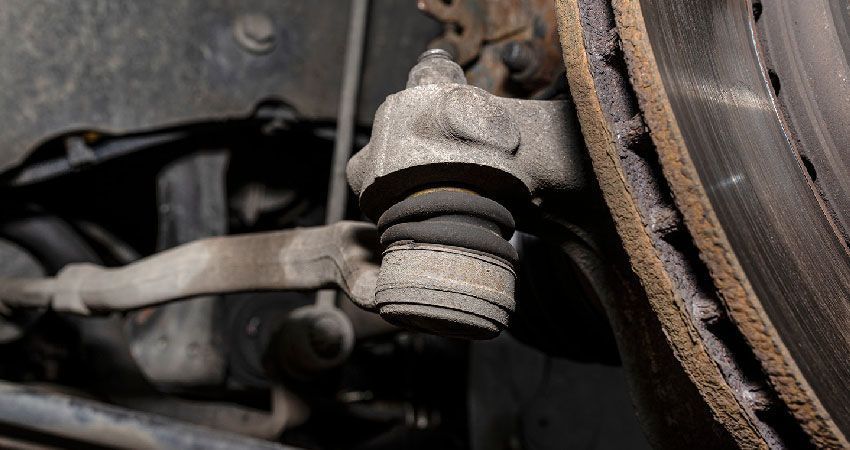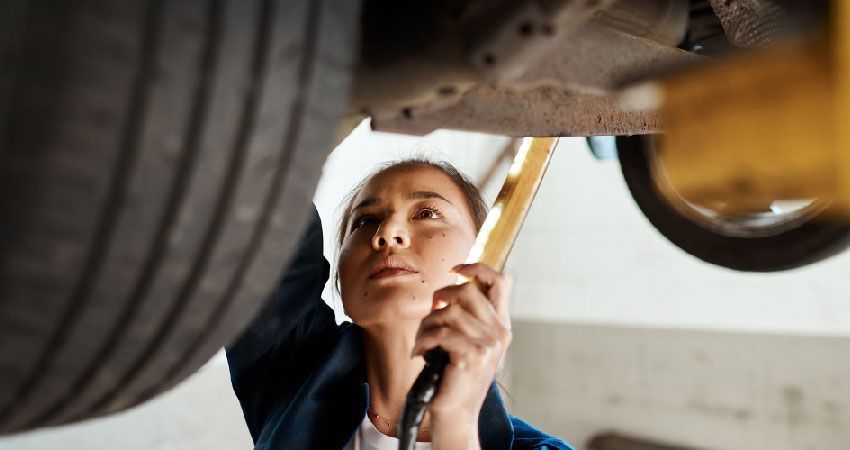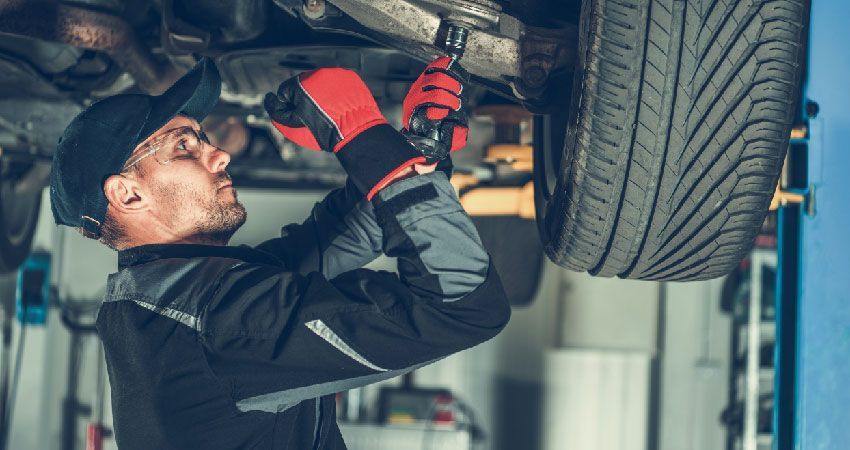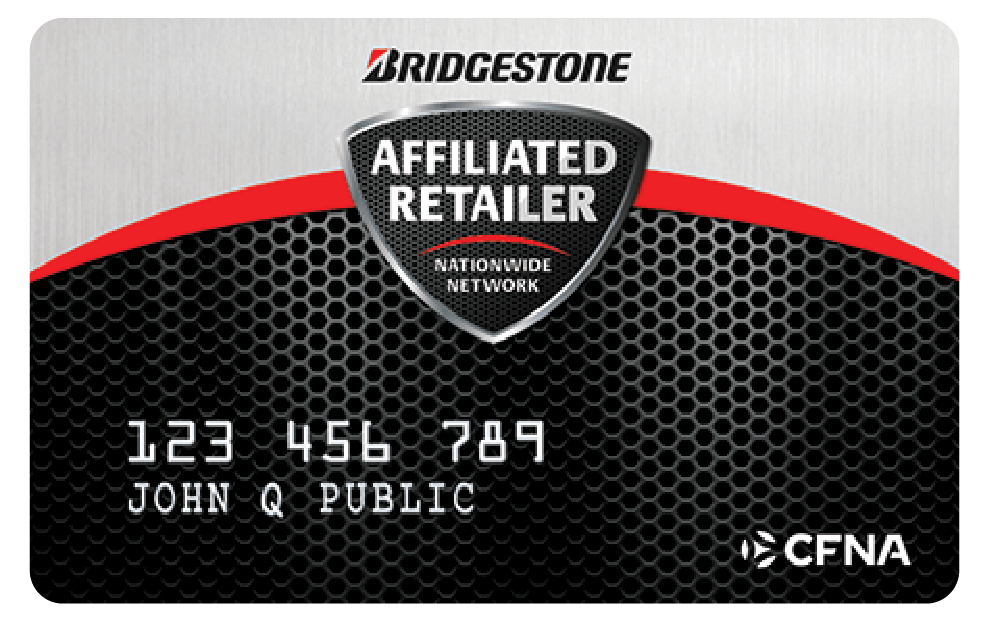Heater Hose Replacement - Learn More
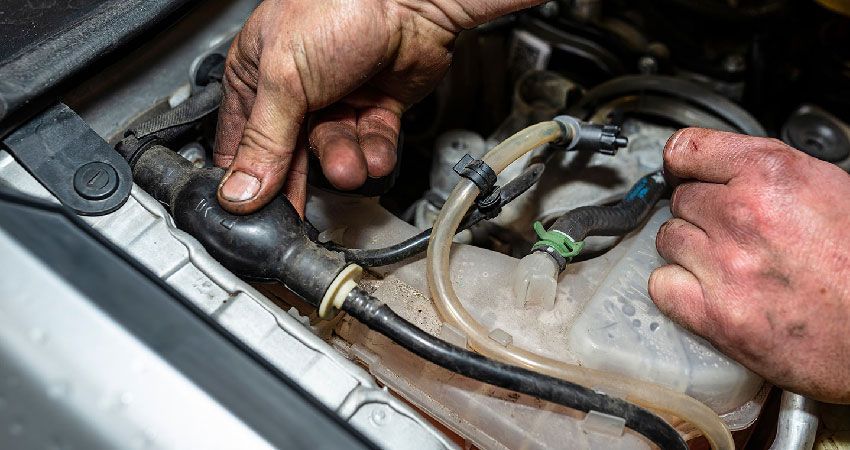
What do heater hoses do?
Why do you need to replace heater hoses?
Heater hoses are made of thick, durable rubber in order to withstand the hot engine coolant passing through them. However, over time, heater hoses will get hard and brittle and can crack. When heater hoses wear and crack, they will leak engine coolant. Heater hoses are actually one of the most common sources of engine coolant leakage. If your heater hoses are leaking engine coolant, not only will your heating system not heat your vehicle as well, but also your cooling system won’t have enough engine coolant and your engine can overheat.
When should you replace your heater hoses?
Heater hoses can last from five to over ten years. However, it is very important to test periodically the condition of your heater hoses. Wait until your engine has a chance to cool and then feel your heater hoses. They should not feel too hard and brittle or too soft and mushy. If the hoses do feel too hard or too soft or appear to be cracked, you should have your heater hoses replaced as soon as possible. Also, if you are experiencing poor cabin heating or your engine overheats often, inspect your heater hoses and have them replaced if necessary.
Comprehensive Coverage for All Your Automotive Repair Needs Awaits You!
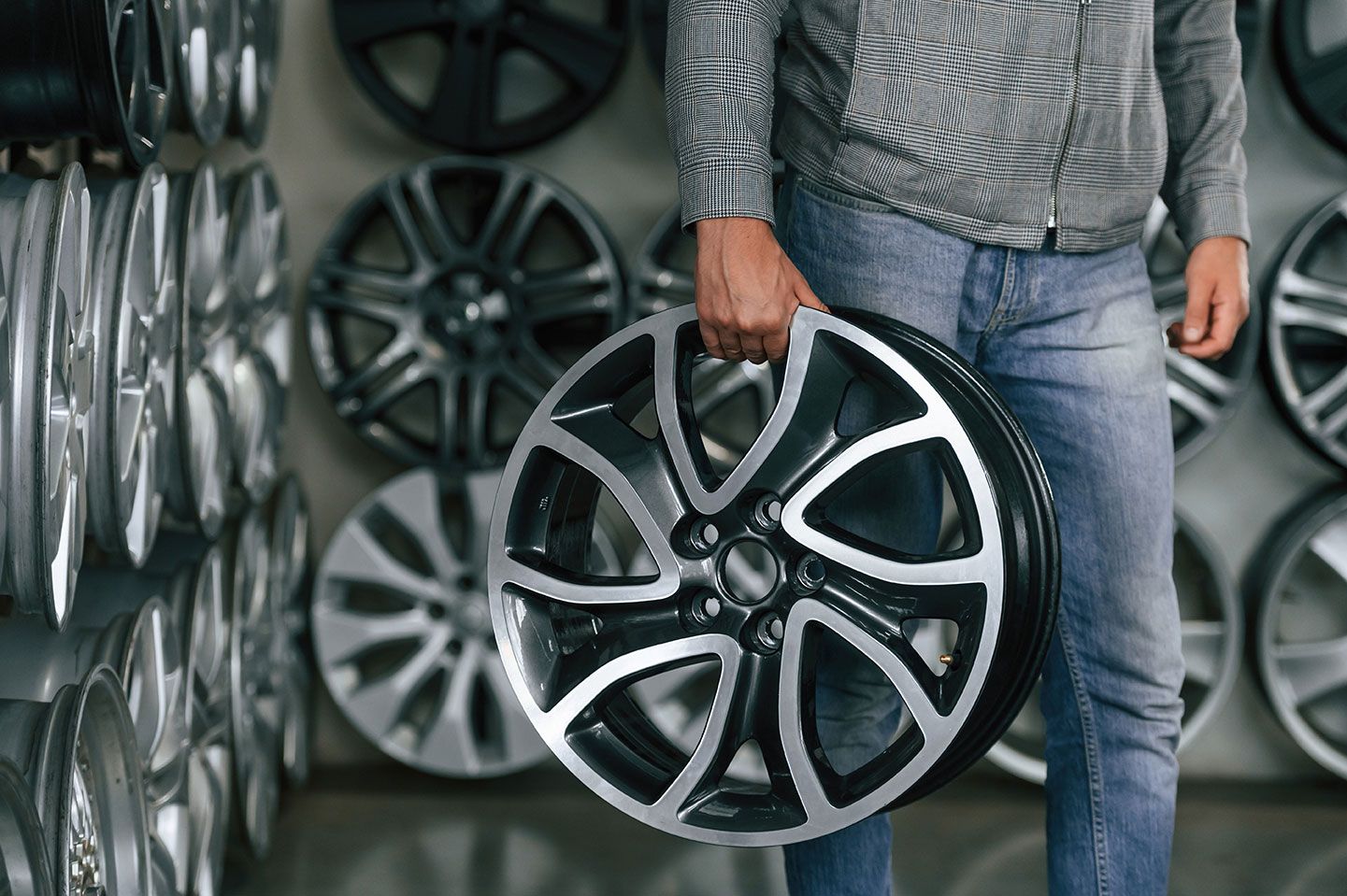
By Melissa Underwager
•
August 7, 2025
When it comes to the performance, safety, and aesthetics of your car, one often-overlooked but crucial component is the wheel. Car wheels serve not only as the foundation for movement but also play a significant role in handling, fuel efficiency, and overall driving experience. In this blog, we’ll dive deep into everything you need to know about car wheels, from their construction to how to choose the best ones for your vehicle.

